The crocodile, a prehistoric predator that has survived since the time of dinosaurs, holds a prominent place in human mythology and spiritual traditions across vastly different cultures. From the banks of the Nile to the billabongs of Australia, crocodiles have inspired both fear and reverence, becoming powerful symbols in religious practices and creation stories. This ancient reptile, with its primordial appearance and lethal hunting prowess, bridged the gap between water and land, life and death, chaos and order—qualities that made it an ideal figure for explaining the mysteries of existence and the formation of the world itself.
The Sacred Crocodile of Ancient Egypt
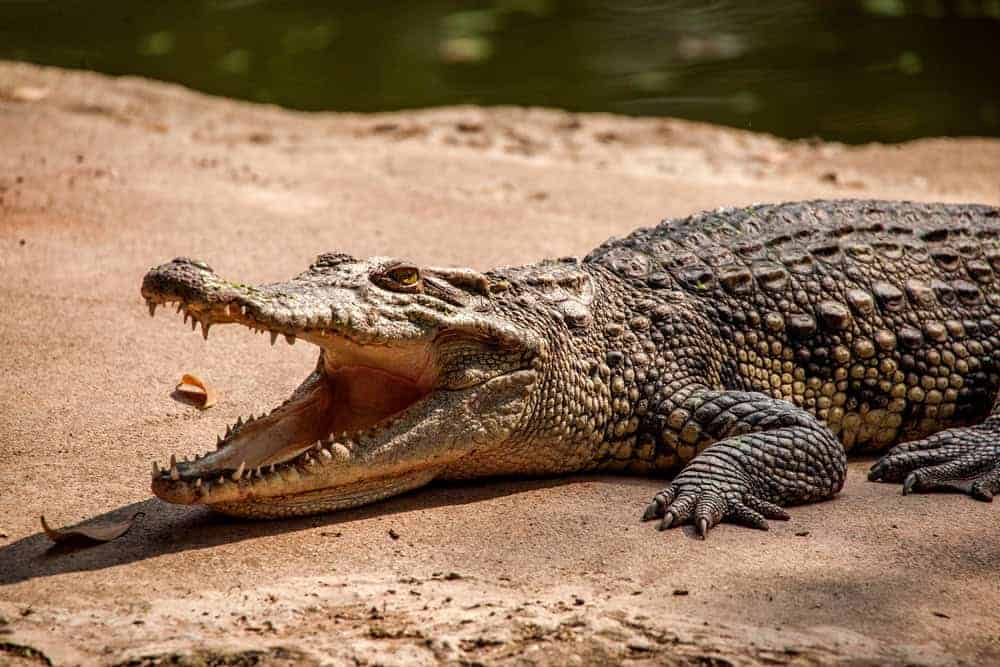
In Ancient Egypt, the crocodile occupied a complex position in religious ideology as both a feared predator and a worshipped deity. The Nile crocodile (Crocodylus niloticus) was embodied in the god Sobek, whose name derived from “sebek,” meaning “to impregnate” in ancient Egyptian. Sobek represented fertility, military prowess, and pharaonic power. His association with the life-giving waters of the Nile made him a potent symbol of regeneration and abundance.
Temples dedicated to Sobek were built throughout Egypt, with major cult centers established at Crocodilopolis in the Faiyum region and Kom Ombo in Upper Egypt. These temples often maintained sacred lakes where living crocodiles were kept, adorned with gold jewelry and precious stones, and fed choice meats by priests. After death, these sacred crocodiles were mummified with elaborate care, and thousands of these mummified remains have been discovered by archaeologists, testifying to the cultural importance of the crocodile cult.
Sobek: The Crocodile God’s Dual Nature

Sobek embodied the dual nature of the Nile crocodile as both creator and destroyer. As a fertility deity, he was associated with the annual flooding of the Nile that deposited nutrient-rich silt on agricultural lands. His ferocity was harnessed metaphorically to protect the pharaoh and Egypt from enemies. In some depictions, he appears as a crocodile-headed man wearing a headdress with horns, a sun disk, and tall feathers, holding the ankh (symbol of life) and the was-scepter (symbol of power).
The god’s dual nature is reflected in how Egyptians viewed the crocodile itself—as a creature to be both feared and venerated. While fishermen and those who worked on the Nile feared crocodile attacks, they also prayed to Sobek for protection. This ambivalence is captured in spells from the Book of the Dead that simultaneously seek protection from crocodiles while invoking their power. The Egyptians recognized that the same force that could take life also ensured the continuation of existence, a profound understanding of natural balance.
Crocodiles in Egyptian Cosmology

Beyond Sobek’s individual cult, crocodiles featured prominently in broader Egyptian cosmological beliefs. In some creation myths, the primordial waters of Nun—the chaotic ocean that existed before creation—were inhabited by crocodiles. The earth itself was sometimes envisioned as arising from these waters on the back of a giant crocodile. This imagery connected the reptile to the very foundations of existence, portraying it as an ancient being that predated even the gods.
The crocodile also played a role in Egyptian afterlife beliefs. In the journey through the underworld, the deceased might encounter fearsome crocodiles that had to be overcome. Spells in the Book of the Dead were specifically designed to repel these creatures. Paradoxically, the protective aspect of Sobek could also be invoked to ensure safe passage. This duality reflects the Egyptian view of the afterlife as a dangerous journey requiring both protection from and alliance with powerful natural forces.
Crocodile Symbolism in Hieroglyphs and Art
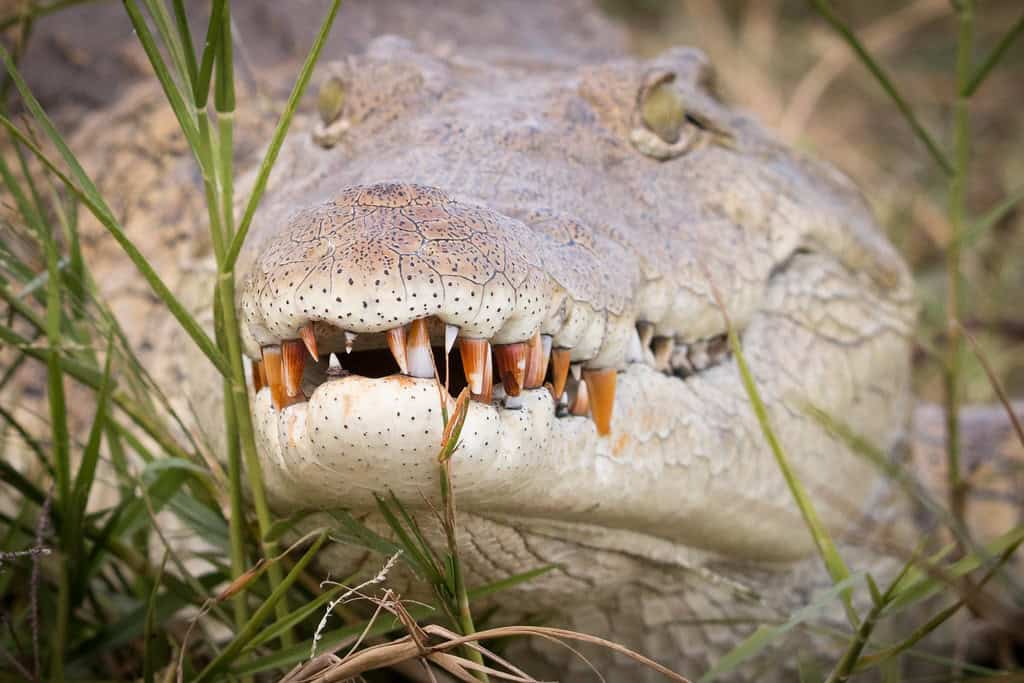
The crocodile was a recurring motif in Egyptian art and hieroglyphic writing. As a hieroglyph, the crocodile represented the sound “msh” and appeared in words associated with birth and emergence. This connection to creation reinforced the reptile’s association with generative forces. In artistic representations, crocodiles frequently appeared in tomb paintings, papyri, amulets, and statuary, depicted with remarkable anatomical accuracy that demonstrated Egyptian observational skills.
Amulets shaped like crocodiles were worn for protection, particularly by pregnant women and young children who sought Sobek’s protective qualities. These talismans highlight how everyday Egyptians incorporated crocodile symbolism into their personal religious practices. Royal regalia sometimes included crocodile imagery as well, connecting the pharaoh’s power to the feared strength of the predator and emphasizing the divine right to rule through association with Sobek.
Aboriginal Dreamtime and the Creator Crocodile

Half a world away from Egypt, Aboriginal Australian cultures independently developed rich mythological traditions centered around the saltwater and freshwater crocodiles (Crocodylus porosus and Crocodylus johnstoni) that inhabit northern Australia’s waterways. In many Aboriginal creation narratives, collectively known as the Dreamtime or the Dreaming, crocodiles feature as creator beings who shaped the landscape and established social laws during the formative period of the world.
Among the Aboriginal peoples of Arnhem Land, particularly the Yolngu, the creator ancestor Baru (saltwater crocodile) is revered as a being of immense spiritual significance. In these traditions, Baru created rivers by carving channels with his powerful tail as he moved across the land. Distinctive features of the landscape—billabongs, waterholes, and river systems—are explained as the physical manifestations of the creator crocodile’s journeys during the Dreamtime. These stories serve not only as creation myths but also as navigational aids and ecological knowledge, embedding important survival information within spiritual narratives.
The Rainbow Serpent and Crocodile Narratives
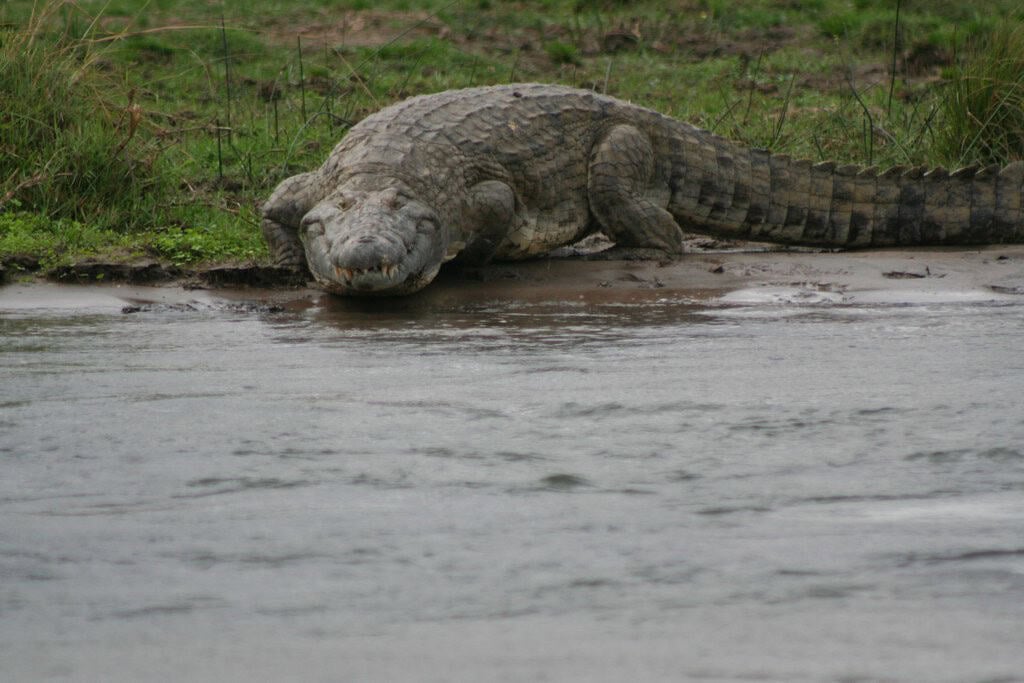
In many Aboriginal traditions, crocodile creator beings interact with other powerful entities, most notably the Rainbow Serpent (or Rainbow Snake). This relationship varies across different language groups and regions, sometimes portraying the crocodile and serpent as allies, sometimes as adversaries, and occasionally as different aspects of the same creative force. Their interactions often explain natural phenomena such as monsoons, lightning, and the changing of seasons.
For example, in some narratives from the Kimberley region, the crocodile ancestor battles the Rainbow Serpent, and their struggle creates gorges, rapids, and waterfalls. The violence of their conflict explains the dramatic landscape formations characteristic of northern Australia. In other traditions, the Rainbow Serpent gives birth to all animals, including the crocodile, who then takes on its own creator role. These interconnected stories form complex mythological systems that Aboriginal peoples have maintained through oral tradition for tens of thousands of years.
Crocodile Kinship and Totemism

Within Aboriginal social structures, crocodile totemism plays an important role in defining identity and kinship relationships. Many clan groups across northern Australia identify the crocodile as their primary totem, tracing their lineage directly to this ancestral being. Members of these crocodile clans have specific responsibilities toward their totemic species, including observing taboos against hunting or consuming crocodile meat and performing ceremonies to ensure the wellbeing of both crocodiles and clan members.
This totemic relationship establishes a profound spiritual connection between humans and crocodiles. Rather than seeing crocodiles as merely dangerous animals, Aboriginal peoples who hold the crocodile as a totem view these reptiles as kin—relatives with whom they share an ancient bond. This kinship extends to specific responsibilities for managing the lands and waters where crocodiles live, creating an early form of environmental stewardship embedded within religious practice. The totem system thus functions as both a social organizing principle and an ecological management system.
Crocodile Ceremonies and Ritual Expressions

Ceremonial performances centered around crocodile creator beings remain vitally important in many Aboriginal communities today. These ceremonies often involve elaborate body painting, where designs representing the crocodile’s skin patterns are applied according to strict protocols. Dance performances mimic the movements of crocodiles, with dancers embodying the power and stealth of these apex predators. Through these ritual expressions, the stories of the Dreamtime are kept alive and transmitted to new generations.
The Baru ceremony of the Yolngu people, for instance, reenacts the crocodile ancestor’s creation journey and reinforces clan identity. Similar ceremonies exist across different language groups, each with distinctive features reflecting local traditions. These performances are not merely cultural entertainment but serious religious practices that maintain the connection between present-day communities and the spiritual forces that shaped their world. The songs performed during these ceremonies often contain detailed ecological knowledge about crocodile behavior, habitat, and seasonal movements.
Crocodile Rock Art and Material Culture

The archaeological record of Australia contains abundant evidence of the crocodile’s cultural importance, with rock art depicting these creatures dating back thousands of years. In Arnhem Land, X-ray style paintings show not only the external appearance of crocodiles but also their internal structures, demonstrating both acute observational skills and the spiritual significance attached to understanding the crocodile’s complete being. Some of these rock art sites are still actively maintained by Aboriginal communities as sacred locations.
Beyond rock art, crocodiles feature prominently in other forms of Aboriginal material culture. Bark paintings, carved sculptures, woven baskets, and contemporary acrylic paintings continue to represent crocodile Dreamtime stories. These artistic expressions serve multiple purposes: they document traditional knowledge, mark territorial connections, express spiritual beliefs, and increasingly, communicate Aboriginal cultural heritage to wider audiences. The persistence of crocodile imagery across ancient and contemporary Aboriginal art underscores the enduring significance of these creation narratives.
Comparative Mythology: Bridges Between Cultures

While Egyptian and Aboriginal crocodile mythologies developed independently in geographically distant regions, they share remarkable parallels that highlight how human cultures respond similarly to encounters with these powerful predators. Both traditions recognize the crocodile’s liminal nature—its ability to move between water and land, to lie hidden before striking, and to thrive in environments that humans find challenging. These qualities made crocodiles natural symbols for threshold states and transformative powers in both cultural contexts.
Both mythological systems also associate crocodiles with creation and the primordial waters from which life emerged. This connection likely stems from the crocodile’s ancient lineage and prehistoric appearance, which suggest a creature that has witnessed the dawn of time. Additionally, both traditions incorporate crocodiles into systems of moral and social order. In Egypt, Sobek enforced ma’at (cosmic order) through his association with pharaonic authority, while in Aboriginal traditions, crocodile creator beings established the Law that governs proper relationships between people, land, and other species.
Modern Conservation and Cultural Reconciliation
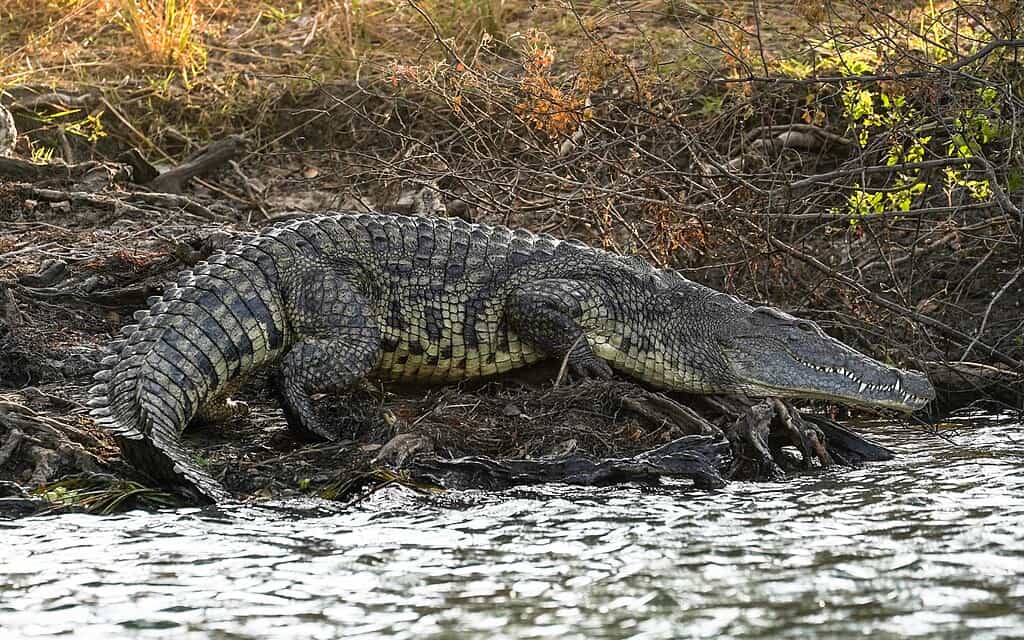
Today, the cultural significance of crocodiles in both Egyptian and Aboriginal traditions offers valuable perspectives for conservation efforts. After decades of overhunting that threatened crocodile populations worldwide, both the Nile crocodile and Australia’s saltwater and freshwater crocodiles have made significant recoveries thanks to protection measures. In northern Australia, Aboriginal ranger programs now combine traditional ecological knowledge with modern science to monitor and manage crocodile populations.
These conservation efforts often explicitly acknowledge the cultural value of crocodiles alongside their ecological importance. In Australia’s Kakadu National Park, for instance, management plans incorporate Aboriginal perspectives on crocodiles as creator beings deserving of respect. Similarly, eco-tourism initiatives along the Nile sometimes reference ancient Egyptian reverence for crocodiles, creating educational opportunities that connect past and present. These approaches demonstrate how ancient mythological understandings can inform contemporary environmental ethics and contribute to more holistic conservation frameworks.
Conclusion: Enduring Legacy of Crocodile Mythology
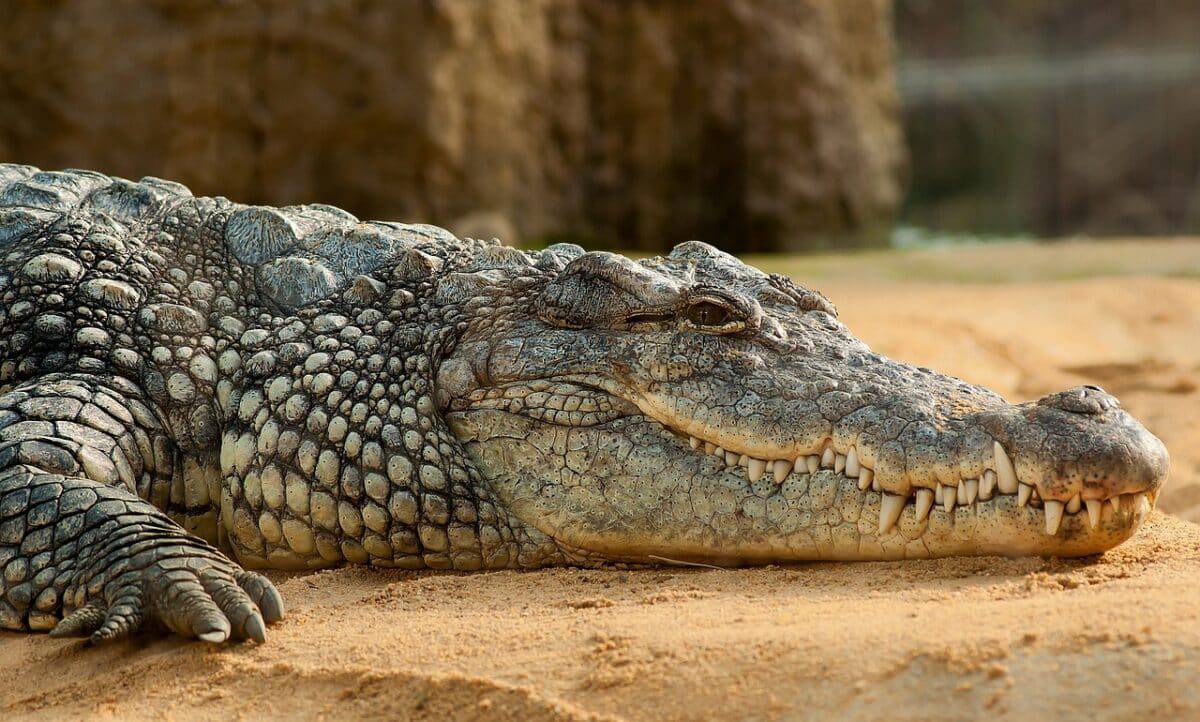
The prominence of crocodiles in both ancient Egyptian and Aboriginal Australian mythologies speaks to the profound impact these creatures have had on human consciousness across vastly different cultural contexts. Despite developing independently on opposite sides of the globe, these mythological systems share remarkable similarities in their recognition of the crocodile’s power, antiquity, and connection to creative forces. These parallels remind us that mythology often arises from careful observation of the natural world and represents sophisticated attempts to understand our place within it.
The endurance of crocodile symbolism from ancient times to the present day demonstrates how deeply intertwined these creatures are with human cultural expression. Whether as the Egyptian god Sobek presiding over the life-giving Nile or as the Aboriginal creator ancestor Baru shaping the landscape of northern Australia, crocodiles have helped diverse human societies conceptualize the foundations of existence itself. As we continue to negotiate our relationship with these ancient predators in the modern world, the rich mythological traditions surrounding them offer valuable perspectives on balancing fear and respect, danger and veneration, conservation and cultural heritage.
- From Coyotes to Roadrunners: Wild Faces of the American Desert - August 11, 2025
- Why Capybaras Are the Most Chill Animals on Earth - August 11, 2025
- What Makes Vervet Monkeys a Pest in Some Tourist Areas? - August 11, 2025

